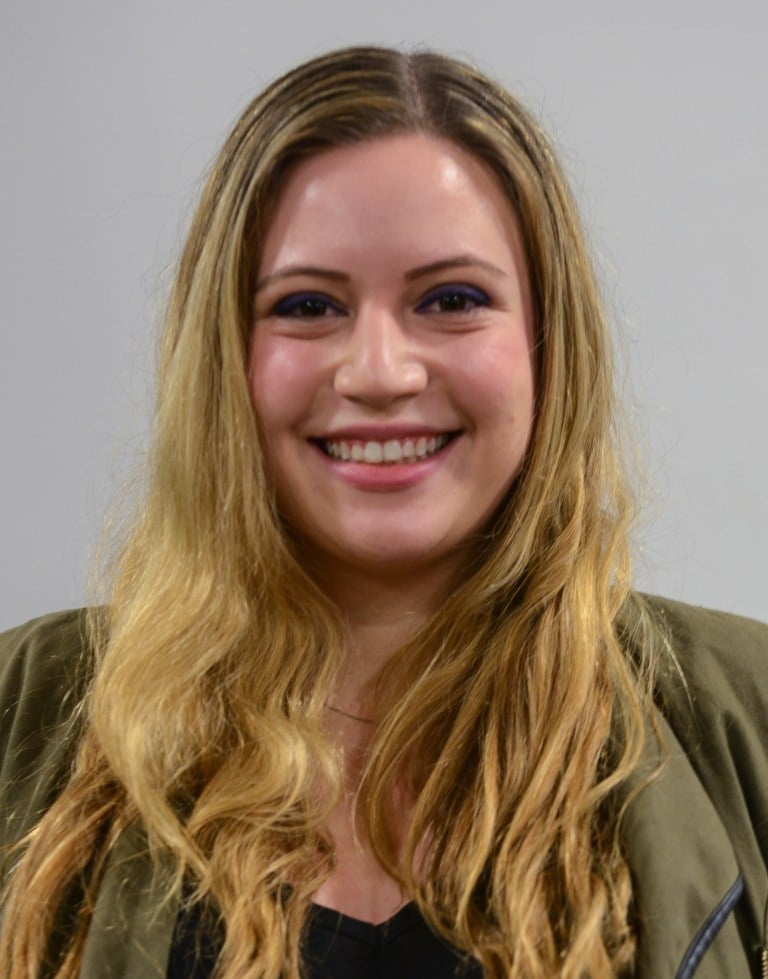College campuses have long been sources of political and social debate. College campuses not only provide settings ripe for formal presidential election debates, but also engender an atmosphere of intellectual discussion among spirited, opinionated student bodies. Stanford has witnessed significant socio-political movements since its founding, with antiwar and civil rights protests in the ’60s serving as the most notable examples.
The heated Israeli divestment issue currently making its way through Stanford’s campus has its roots in a long tradition of debate – encouraging young minds to engage with a diversity of ideas. But this issue stands apart from that tradition due to the nature of contemporary norms of communication. These norms – of dubious sources and a lack of face-to-face contact – result in a student body with an increasingly divergent set of ideologies. This in turn threatens the capacity of college campuses to capitalize on their ideological diversity.
The prospect of divestment deals with intractable, two-sided narratives in the Israeli-Palestinian conflict that contribute to this sectarianism, yes. But so too does the way in which information is learned, consumed and shared in modern society; both promote a selective process of reinforcing, rather than challenging, personal beliefs.
The first problem with the information mill on this and other campuses is the fact that the debate occurs outside of human contact. Not only is it easy to choose who one engages with by selectively commenting on social media platforms, but also, because of contemporary socio-political organizing, much of this discussion happens within, not between groups. In other words, at Stanford, two-sided issues are not addressed by bringing the two sides together in dialogue.
Sure, there are psychological reasons why people choose not to engage with others with whom they disagree. But what’s different about the mechanics of social interaction these days is that online forums and relationship networks become increasingly selective through the power of an easy reject or reset button, thus diminishing the possibility for in-person communication between groups. Even when in-person organizing takes place, it becomes far easier to retreat to the safe haven of one’s supporters – speaking only to them – than to interact with the opposition.
Regardless of where you stand on the question of Israeli divestment, think of how you could seek out “the other side.” Is there a Facebook group you could scroll through, are there prominent critics whose online activity you could encounter? Further, if you are an active member of the movement, on either side of the debate, think of how your efforts could include in-person organizing that requires actual human contact between both groups as opposed to the perpetual obstructionism of mere he-said-she-said disputes. Talking can be a much more effective vehicle of persuasion than typing.
The second problem with contemporary communication in the context of the Israeli divestment debate is the source of information being debated. Gone are the days when only a select intellectual elite was asked to pontificate, trusted to separate fact from opinion and held to rigorous standards of truth. Walter Cronkite of CBS, Peter Jennings of ABC and John Chancellor of NBC formed a pillar of centralized information throughout the ’60s and ’70s. Monopolizing the public’s attention in this way can and does lead to editorial bias, but it also lent a certain legitimacy to what was shared.
Circulating opinions paraded as fact is unjustified, especially when deployed only among a selective group of like-minded people. The respective platforms of Stanford Students Out of Occupied Palestine and the anti-divestment Coalition for Peace both offer opinions, valuable opinions – but neither should not be taken as conclusive. Question the sources if you are absorbing information in the midst of this debate, and be scrupulous when it comes to the sources that feed you if you are propagating information in the midst of this debate. Like your professor banning the use of Wikipedia in a credible research paper, replace ease of familiarity with the integrity of legitimate material.
Further, recognize the difference between sharing an opinion and obstructing discussion. Last week, anti-divestment and pro-divestment supporters took to White Plaza with both groups concentrated in separate corners of the ring. This was a missed opportunity for debate. Imagine how much more substantive and fruitful campus activism could be if we turned around and faced each other.
Contact Caitie Karasik at ckarasik ‘at’ stanford.edu.
